-
Anyway, I downloaded edited that file and uploaded the real thing. I am all about the closed-captioning. I love me some deaf knitters, and knitters who don't speak English as a first language will probably have better luck understanding the captions than my slurry words.
Does anybody use an on-line service for this? I remember reading something about Google making it easier to caption their videos, but my Google-fu is not working for this.
via youtube.com
I uploaded my latest video to YouTube, and I requested that YouTube create a machine-transcribed caption file for it. Wow, pretty amusing. As in all machine transcriptions, it was pretty weird. Could have something to do with my mumbling, maybe.Anyway, I downloaded edited that file and uploaded the real thing. I am all about the closed-captioning. I love me some deaf knitters, and knitters who don't speak English as a first language will probably have better luck understanding the captions than my slurry words.
Does anybody use an on-line service for this? I remember reading something about Google making it easier to caption their videos, but my Google-fu is not working for this.
![Reblog this post [with Zemanta]](http://img.zemanta.com/reblog_e.png?x-id=efdcc997-5db2-49dd-bd50-55c3fdc8927d)









![Reblog this post [with Zemanta]](http://img.zemanta.com/reblog_e.png?x-id=4cec9ce2-6659-4f35-859c-d232cc6dc270)

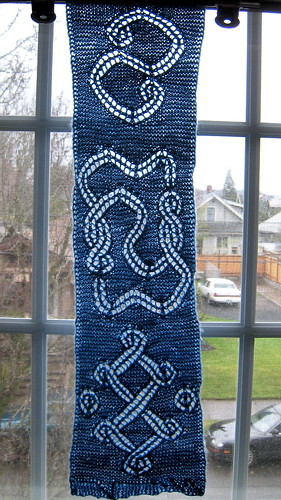

![Reblog this post [with Zemanta]](http://img.zemanta.com/reblog_e.png?x-id=d6643244-46be-4a29-a24e-da2ef2c7e453)
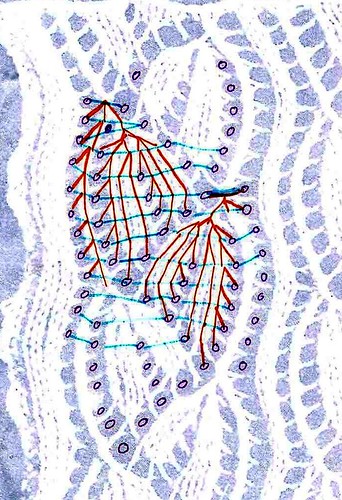
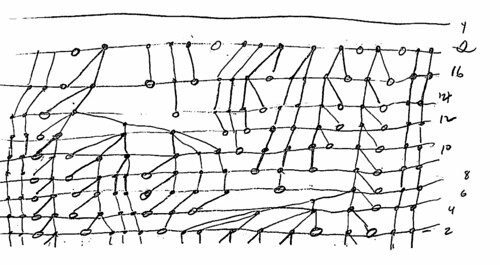
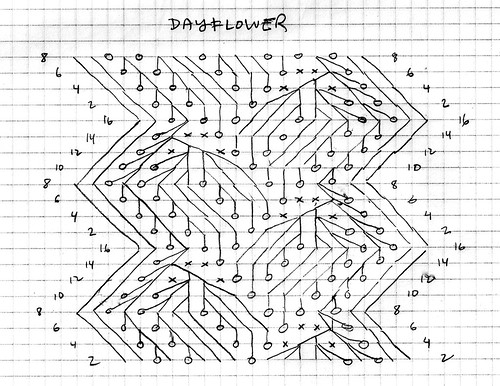
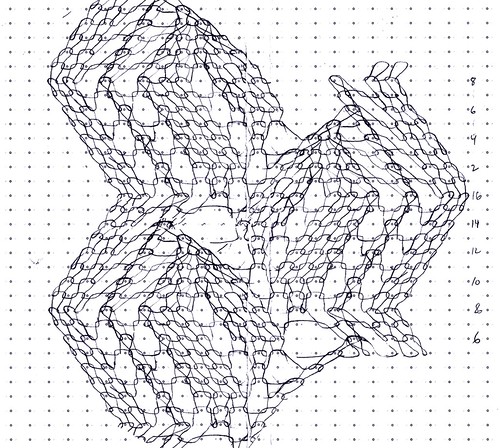
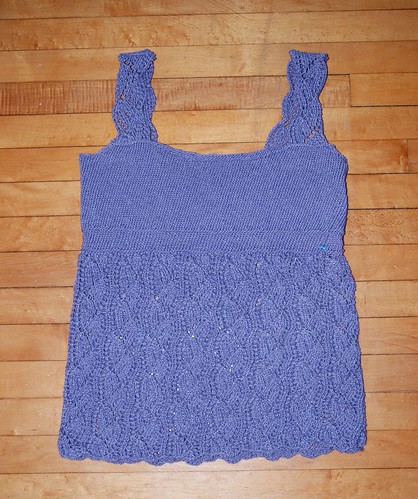
![Reblog this post [with Zemanta]](http://img.zemanta.com/reblog_e.png?x-id=e0e01f8a-247b-4c78-847f-46d675a3e184)
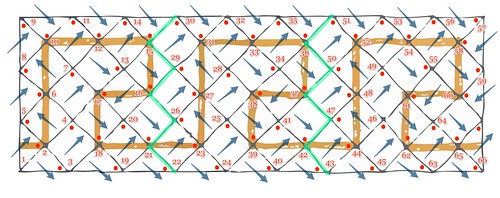
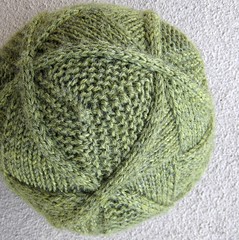
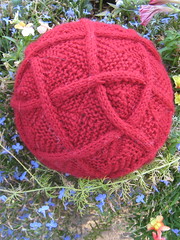

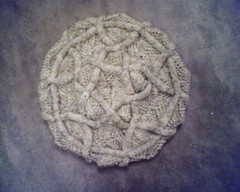
![Reblog this post [with Zemanta]](http://img.zemanta.com/reblog_e.png?x-id=09ee3e97-b26f-48c1-8d7d-d3e440413483)